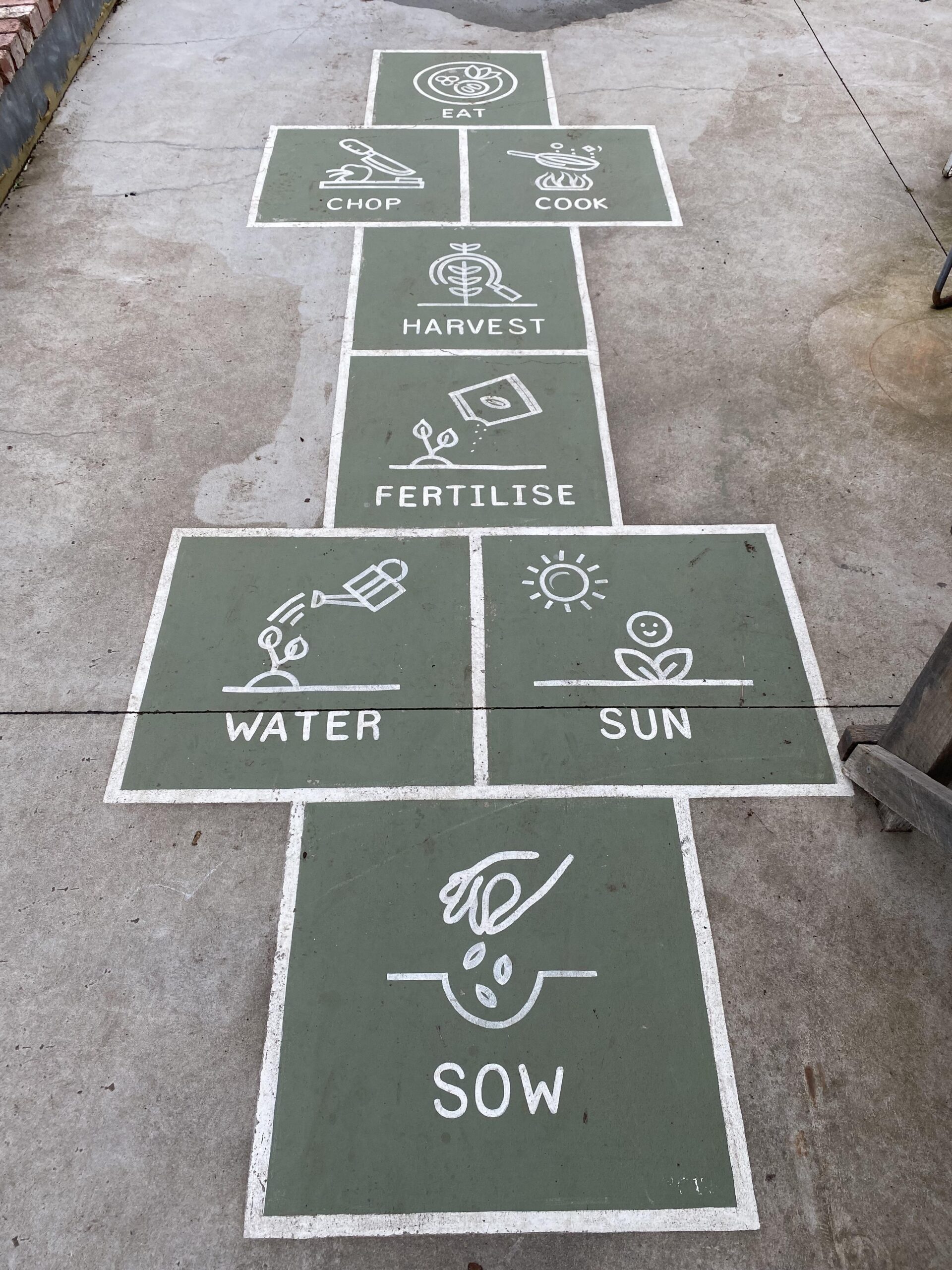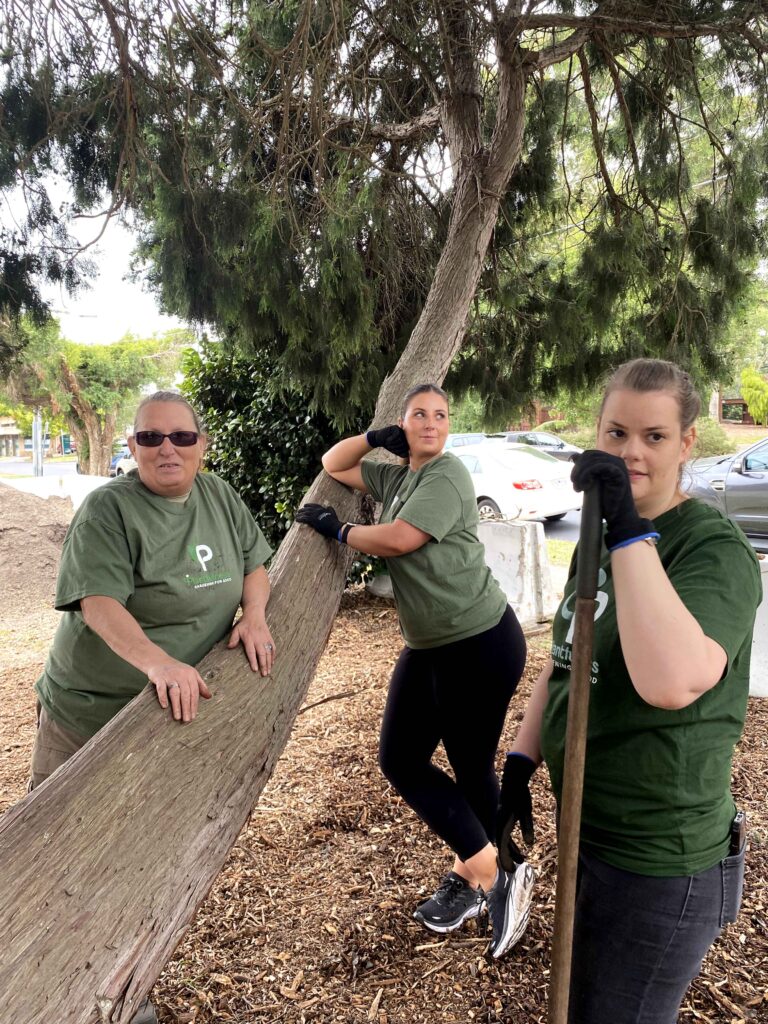
How to Care for Your Garden in the February Heat
February in Australia brings with it the full force of summer, with soaring temperatures, dry conditions, and blazing sun. While this time of year is perfect for outdoor barbecues and beach days, it can be a challenging period for your garden. At Plantfulness, we know that caring for your garden during this time not only keeps your plants thriving but also provides an opportunity to connect with nature and practice mindfulness. Here’s our guide to helping your garden beat the February heat.
Keep Your Plants Hydrated
Water is your garden’s lifeline during the summer heat. The key is to water deeply and consistently. Early mornings or late afternoons are the best times to water, as cooler temperatures reduce evaporation and allow your plants to absorb moisture more effectively. Focus on the roots, not the leaves, as this is where the plant absorbs water.
If you’re watering a vegetable patch or potted plants, consider installing a drip irrigation system for a steady, efficient supply of water. Mulching is also essential—apply a layer of organic mulch like straw, bark, or sugarcane to help retain moisture, keep the soil cool, and suppress weeds.

Provide Shade for Vulnerable Plants
Intense sun can scorch delicate plants and seedlings. Protect them by creating shaded areas with shade cloth, umbrellas, or even old sheets. Move potted plants to shadier spots if possible, particularly during the hottest part of the day. For garden beds, consider temporary structures like bamboo screens or lightweight tarps to filter the sunlight without blocking it entirely.
Native Australian plants, which are adapted to the local climate, often require less protection, but it’s always good to monitor them for signs of stress.

Check Your Soil
Healthy soil is the foundation of a resilient garden. During February, the heat can dry out the topsoil quickly, so it’s essential to keep an eye on moisture levels. Dig a small hole to check if the soil is still damp beneath the surface. If it’s dry, give it a deep watering.
Adding compost or organic matter to your soil can improve its ability to retain water and nutrients, helping your plants withstand the summer conditions.
Prune and Deadhead
February is an excellent time to tidy up your garden by pruning and deadheading. Remove any spent flowers, dead leaves, or damaged branches to encourage healthy growth. Trimming back plants also reduces their water needs and helps improve air circulation, reducing the risk of pests and diseases.
However, avoid heavy pruning of trees and shrubs during extreme heat, as this can expose previously shaded parts of the plant to sunburn.
Keep an Eye Out for Heat Stress
Even the hardiest plants can show signs of stress during February’s heat. Look for symptoms like wilting leaves, browning edges, or yellowing foliage. If you notice these signs, act quickly by providing water and, if necessary, temporary shade.
For potted plants, overheating can be a common issue. Double-potting—placing the plant’s pot inside a slightly larger pot—can help insulate roots from the heat.

Encourage Pollinators and Wildlife
The heat affects not only your plants but also the wildlife that visits your garden. Provide shallow dishes of water for birds, bees, and other pollinators, placing them in shaded areas and refilling them regularly. Adding flowering plants that thrive in summer, like sunflowers or native bottlebrush, can also attract pollinators and keep your garden buzzing with life.

Make Time for Mindful Gardening
Caring for your garden in the February heat doesn’t have to feel like a chore. Use this time to connect with your plants and practice mindfulness. The simple act of watering or tending to a garden bed can become a meditative moment when done with intention. Focus on the sights, sounds, and scents of your garden, allowing the experience to ground you in the present moment.
Gardening during summer also encourages you to slow down, work in the cooler parts of the day, and appreciate the resilience of nature—even in challenging conditions.
Plan for the Year Ahead
February is also a good time to think ahead. While you’re caring for your summer garden, start planning for autumn planting. Consider what crops or flowers you’d like to grow next season and prepare your soil accordingly.
By focusing on long-term care, you’ll create a garden that thrives year-round and becomes a constant source of joy, calm, and connection.
Let Your Garden Thrive in the Heat
February may test your garden, but with a little extra care and attention, it can continue to flourish even under the harsh Australian sun. By keeping your plants hydrated, shaded, and healthy, you’re not just maintaining a beautiful outdoor space—you’re also embracing the restorative benefits of nature for yourself.
At Plantfulness, we believe every moment spent nurturing your garden is a moment spent nurturing your own well-being. Let’s make this February a time of resilience and growth for both your plants and yourself. Stay cool, stay connected, and happy gardening!

